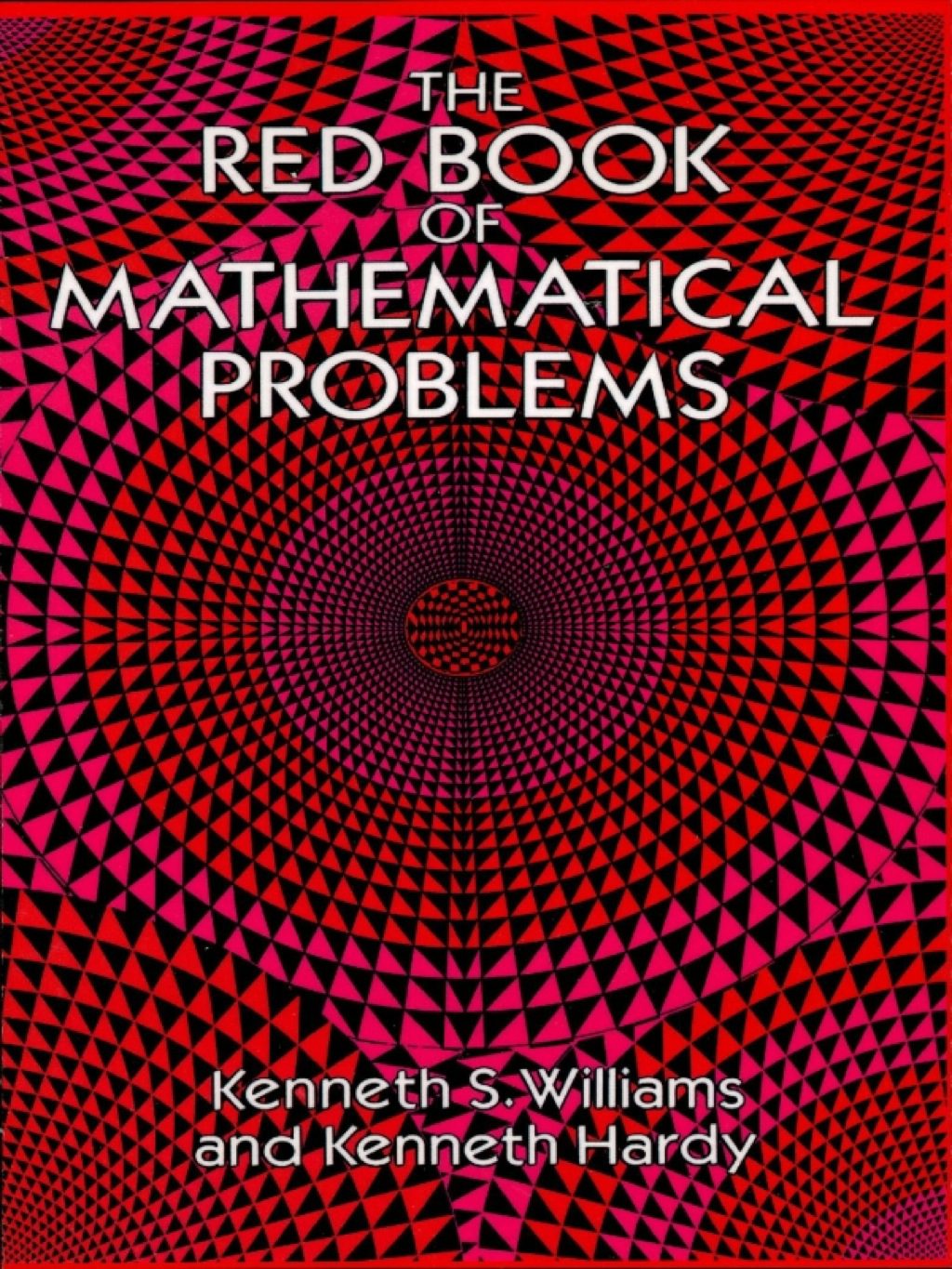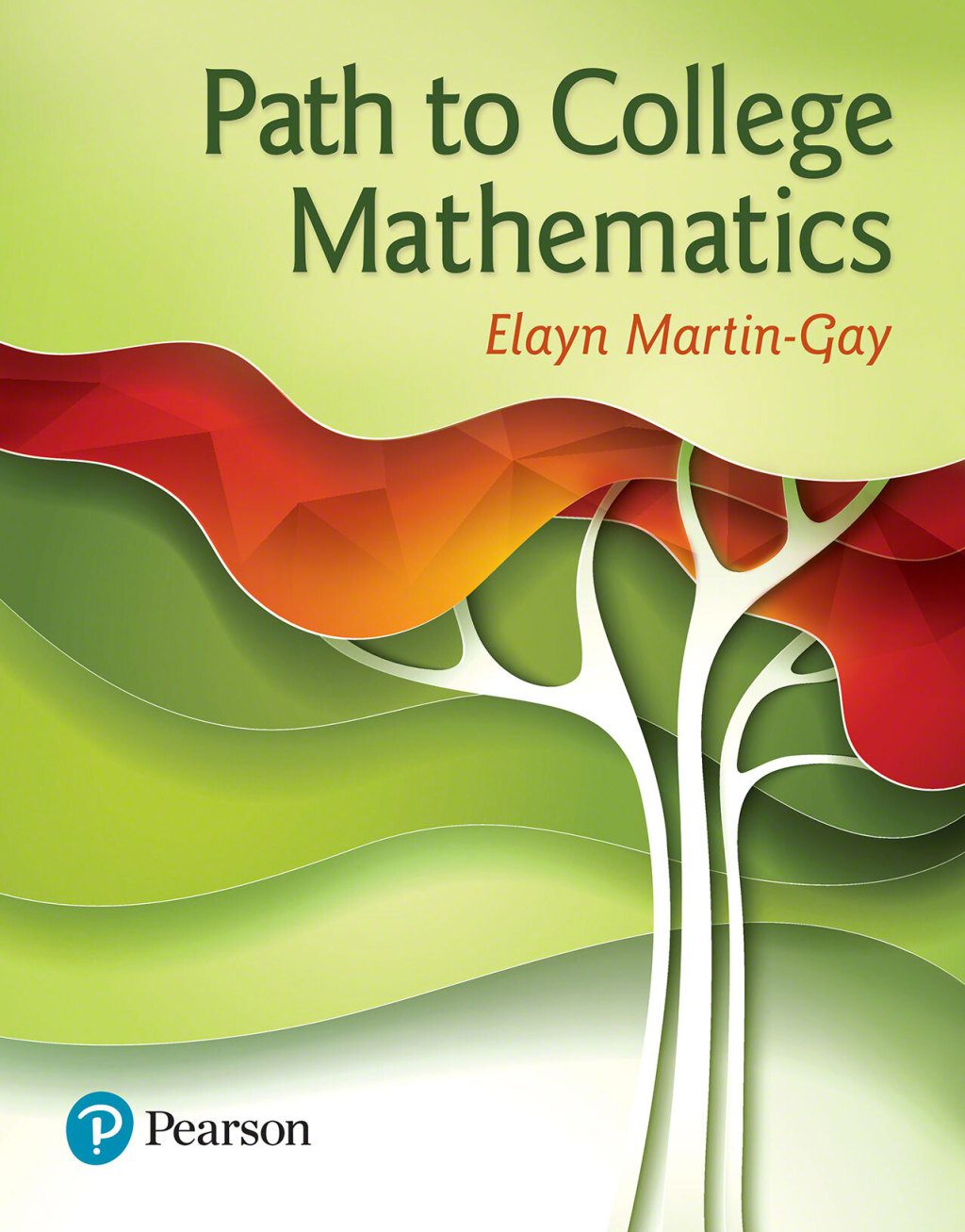Frank Hoppensteadt9780898710175, 0898710170
A basic model in population age structure is studied and then applied, extended and modified, to several population phenomena such as stable age distributions, self-limiting effects, and two-sex populations. Population genetics are studied with special attention to derivation and analysis of a model for a one-locus, two-allele trait in a large randomly mating population. The dynamics of contagious phenomena in a population are studied in the context of epidemic diseases.
Table of contents :
Mathematical Theories of Populations: Demographics, Genetics and Epidemics……Page 3
ISBN 0-89871-017-0……Page 6
Contents……Page 7
Preface……Page 9
1. Age dependent population growth……Page 13
2. Analysis of the birth rate: stable age distribution……Page 18
3. A model of a self-limiting population…….Page 21
4. A two-sex model……Page 23
Bibliography……Page 26
1. A brief introduction to Mendelian genetics……Page 29
2. The one-locus, two-allele model……Page 31
3. Age dependent population genetics……Page 44
4. Propagation of a gene in a spatially distributed population……Page 48
Bibliography……Page 55
1. General theory of contagious phenomena……Page 57
2. Qualitative behavior of deterministic epidemics……Page 66
Bibliography……Page 83







Reviews
There are no reviews yet.